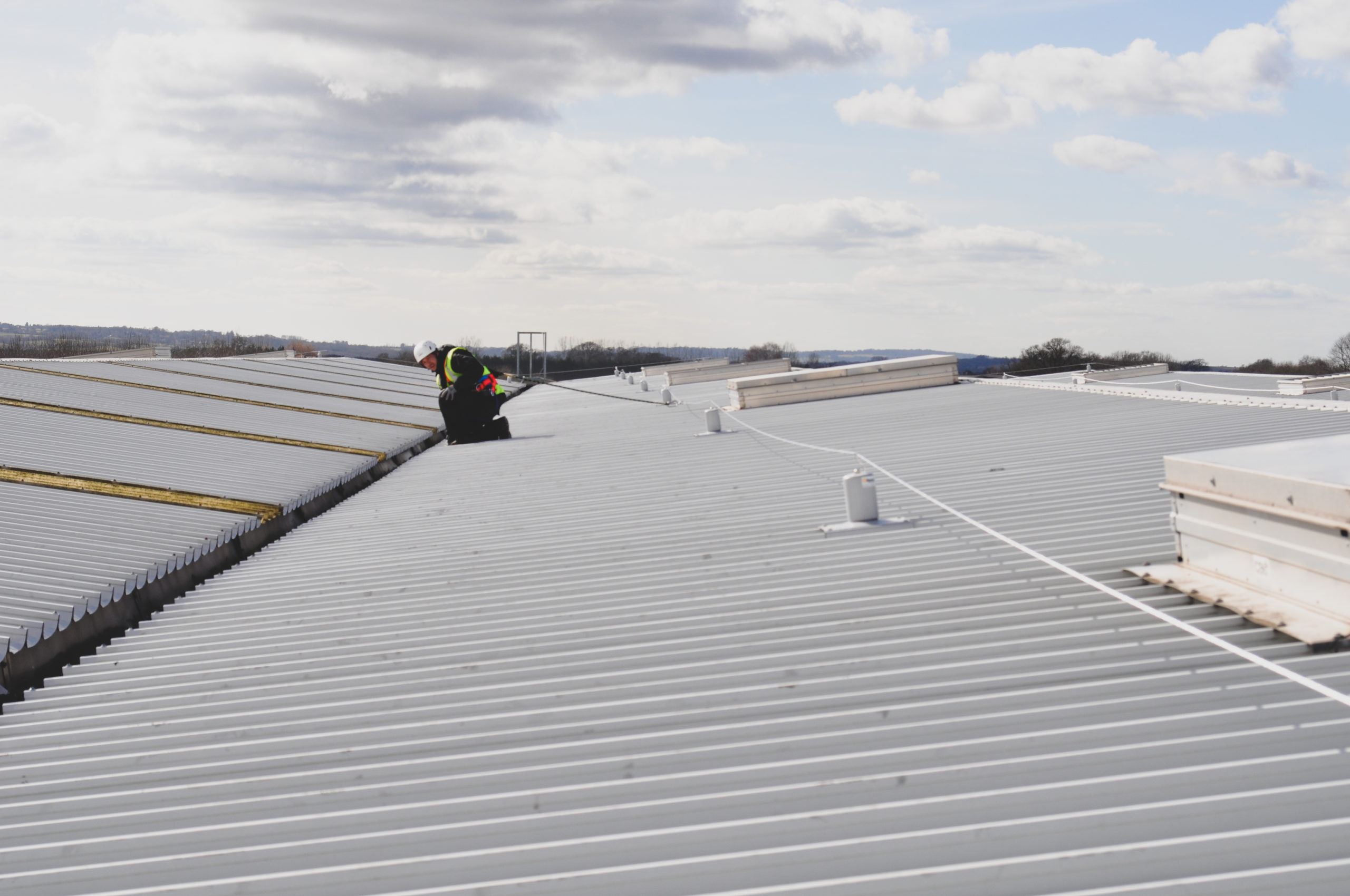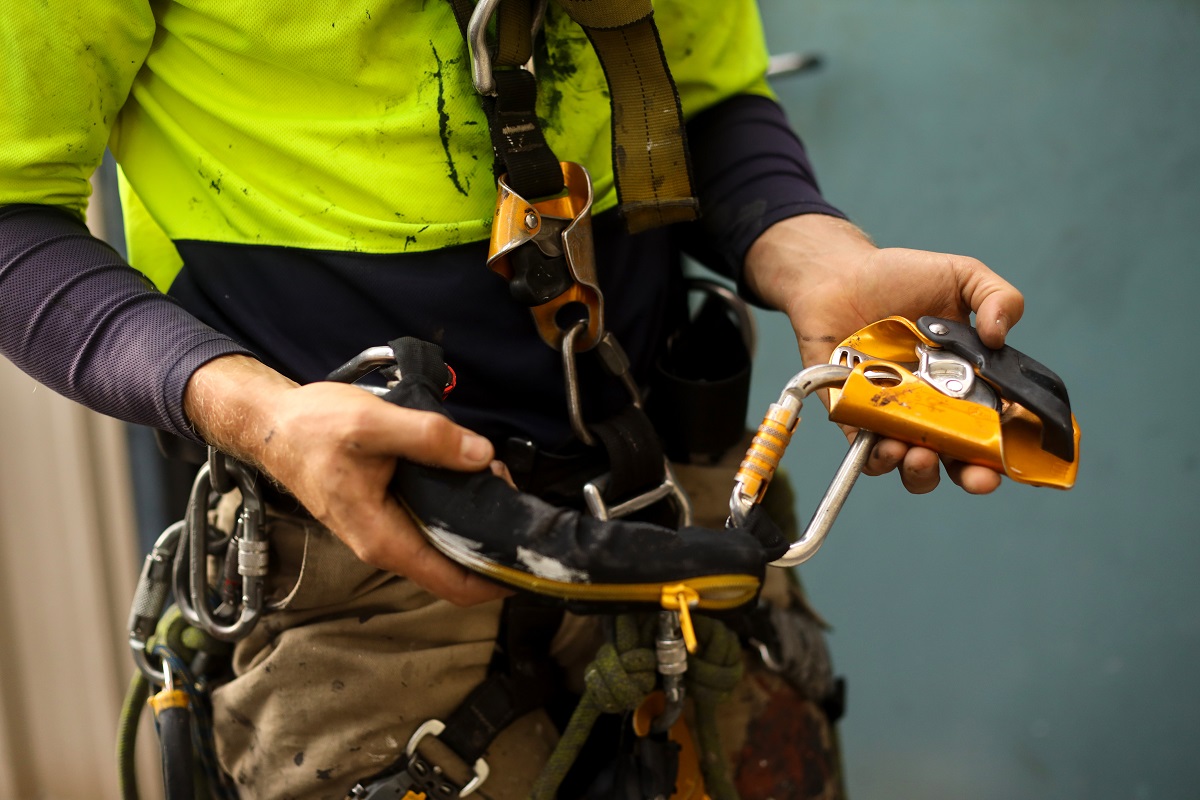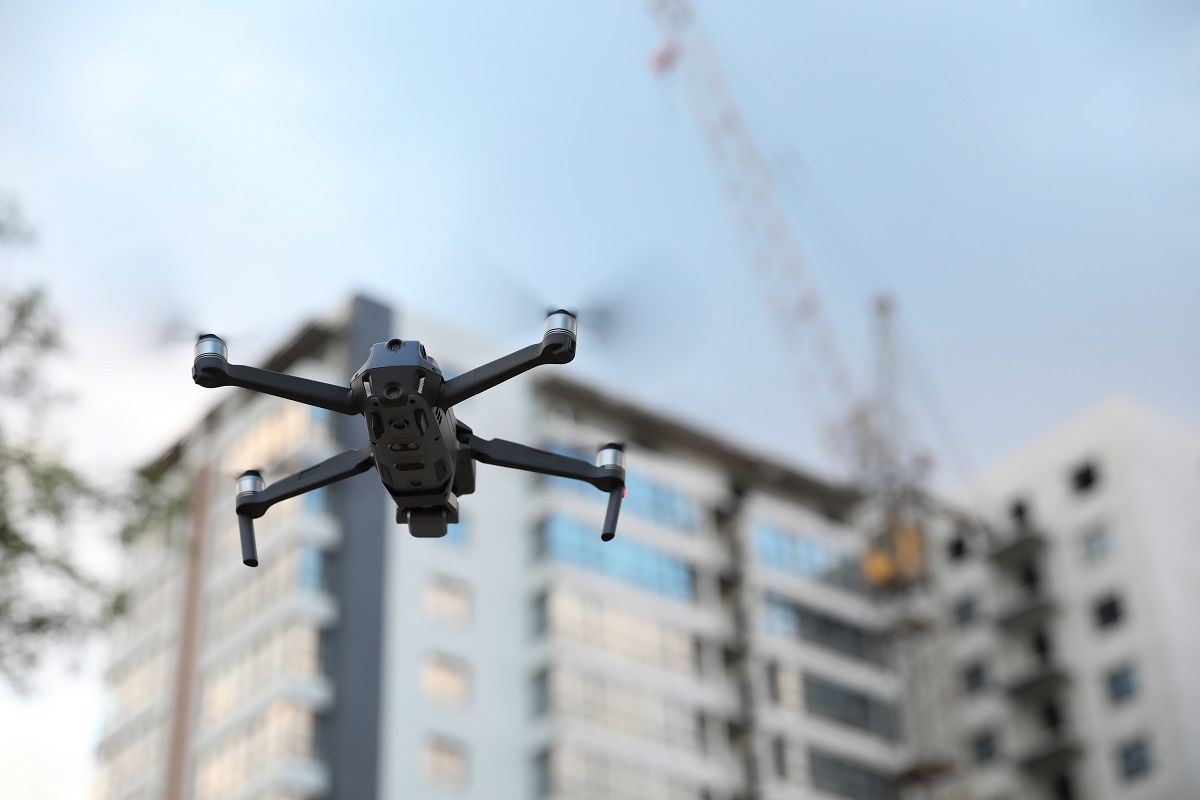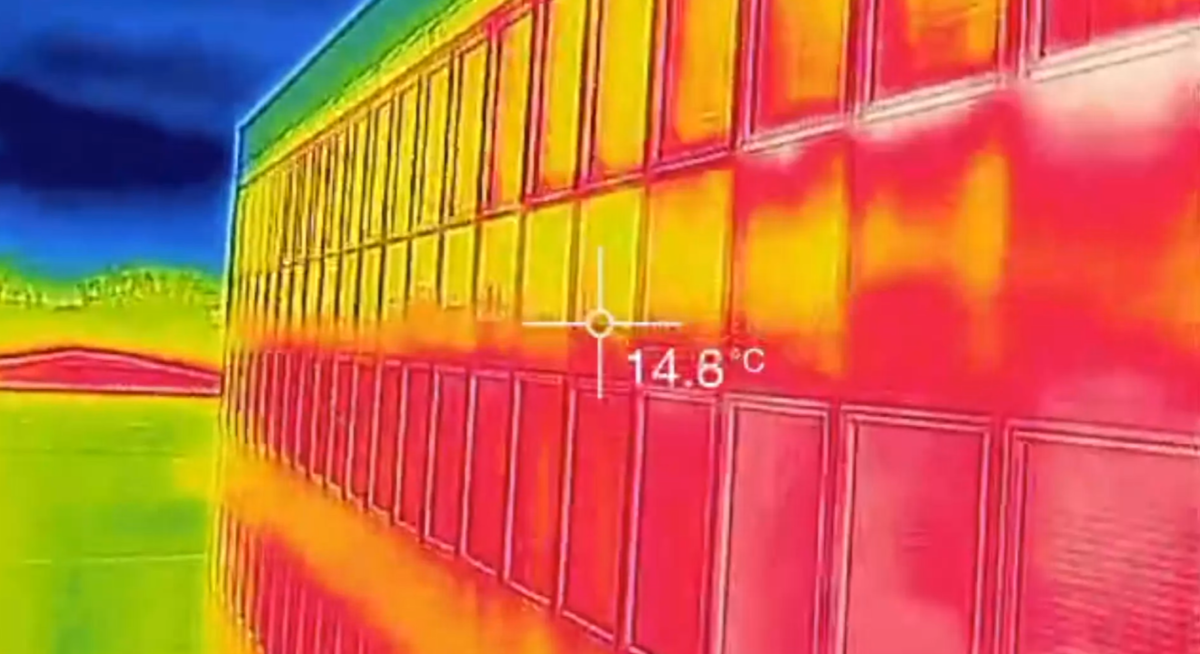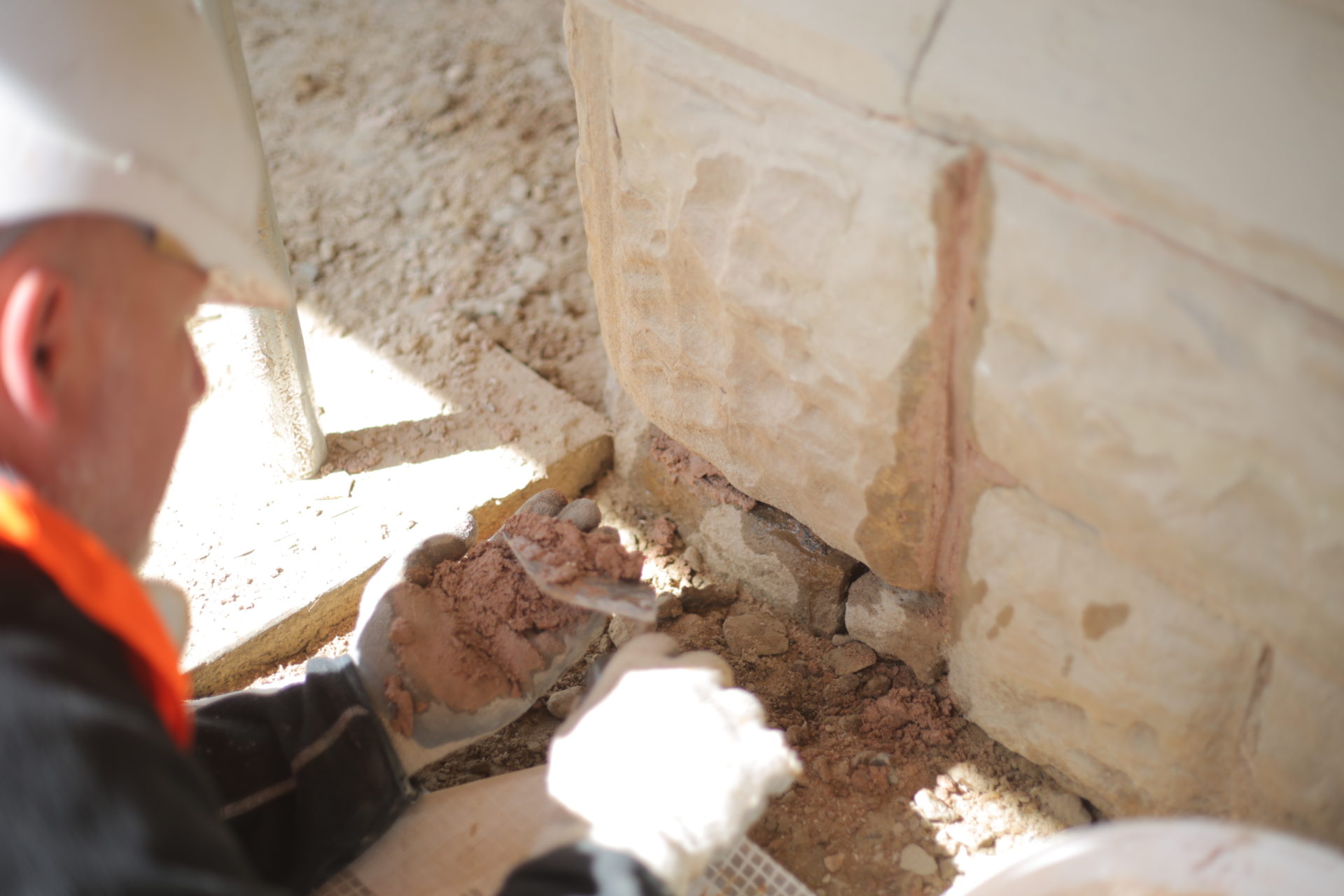Being exposed to the British weather, with its propensity for rain and wind, the outlook isn’t great for any roof. When it comes to commercial or industrial roofs here in the UK, a roof leak and damage can prove a real headache, not to mention a major expense, for business owners.
Being one of the most vulnerable parts of a building, roofs are something that are essential to keep an eye on. Common roof materials such as tiles can easily become dislodged, guttering damaged, and leaks can appear all too quickly. Yet, because it’s not in your line of sight, these and other problems usually aren’t noticed until they’ve become a far bigger and more costly issue to deal with. Broken or failing roofing materials can cause frequent leaks and that in turn can lead to flooding and damp, causing further damage and increase costs.
The only way to stay on top of the condition of your roof and ensure any repairs are attended to as soon as the need arises is to organise and plan regular surveys or inspections of the roof area. This means checking the exterior and carefully examining the roof as well as any adjoining walls and ceilings.

Ideally a roof condition survey should be carried out at least twice a year, and always by a professionally qualified individual or company who will know what to look out for, as well as have the necessary equipment on-hand to reach heights quickly and without fuss or disruption to your building’s general use or company’s ongoing work schedule. This can often lead to a leak investigation, which will pinpoint the location of any leaks to carry out accurate and effective repairs.
Once your roof has been professionally surveyed and you have a list of any problems or defects, you should get any repairs carried out as soon as possible. The sooner a problem is fixed, the less likely it is to get worse and lead to more expense to rectify it. A repair may feel costly at the time, but imagine the expense involved in replacing the entire roof as well as internal damage due to persistent leaking.
How long does a roof last?
The length of time you can expect a roof to last depends on how vigilant you are with your roof maintenance schedule as well as a qualified professional carrying out those maintenance checks. For instance, there is no point identifying a leak and ‘plugging it’ only for it to reappear at a later stage but on a bigger, more damaging scale. Immediate and targeted repairs of roof-related issues are the only way to make sure your roof lasts for as long as possible.
So, provided this happens, you can expect your roof to last at least a decade longer than if you ignored any issues for as long as possible (by which time you’ll probably need a much more expensive replacement solution– or, at least, a more substantial part of it repaired).
Additional ways to easily extend the life of your roof:
1. Replace missing tiles right away
Lose one tile and you’ll find the rest come off easily because the loss of the first tile loosens up the others, making them far more likely to dismantle and fall off in the event of any particularly bad weather.
2. Cut back tall trees and tall shrubs
Nearby natural hazards, such as trees and large bushes, can damage a roof by scraping against it or even puncturing it. Severe winds and storms can mean branches breaking off and smashing into the roof. The solution is to keep the branches or shrubs trimmed so that if they do come off, the least amount of damage possible can be caused to your building’s roof.
3. Clean debris from the roof and gutters
Get rid of leaves from the roof’s guttering and from piling on the roof itself. These, together with other rubbish that has blown onto your roof, can block up the guttering. This in turn, can result in mould, blockages, and backflow and water which can penetrate through your protective roof membrane. It’s important to keep your roof clean, not just for these reasons, but to ensure your building’s insurance policy is still valid should anything go wrong!
4. Remember the importance of proper ventilation
If the current roof ventilation you have installed isn’t doing what it’s supposed to due to age or simple inadequacy, then get more efficient ventilation installed. Ventilation in your roof is important because it prevents dampness during winter and rainy periods, making sure moist air doesn’t interfere with the membrane of the roof. During the unseasonably warm periods during the summer months – and which we’ve certainly seen more of in the UK in recent years – it makes sure there’s a good airflow.
Leak detection and prevention for different roof types
The most common methods include electronic leak testing, dry testing, wet testing, flood tests, moisture mapping, vacuum dewatering and thermographic surveys.
Often specialist access techniques are necessary too, such as abseiling, cradles or employing an MEWP for taller buildings.
Flat Roofs
A simple inspection of flat roofs can check for many potential defects, such as:
- Lap failure
- Holes, cuts and scuffs in the membrane
- Missing or loose flashing and counter flashings
- Repointing deterioration
- Ponding of water
- Blocked outlet or gutter
You can undertake an electronic leak test on a flat roof. An electronic test can be carried out to pick up any defects in the membrane that need repairing and allow targeted repairs. An electronic leak test can only be carried out on certain roof build-ups but at Building Transformation, we can advise you on the best methods for your roof type.
Pitch and Metal Roofs
Pitch roofs and metal roofs can also benefit from a simple visual inspection and a complete roof maintenance programme that ensures they are performing as they should. A good roof maintenance schedule should include gutter clearance and any replacement of any missing or slipped tiles or slates.
Roof lights on metal roofs can be particularly prone to leaking once the Butyl tape that seals them begins to fail. As the glass-reinforced plastic ages under UV light, it starts to yellow, which cuts light transmission, making the sheets weaker. These inspections should only be carried out by competent, trained operatives.
Why Roof Maintenance Is Essential
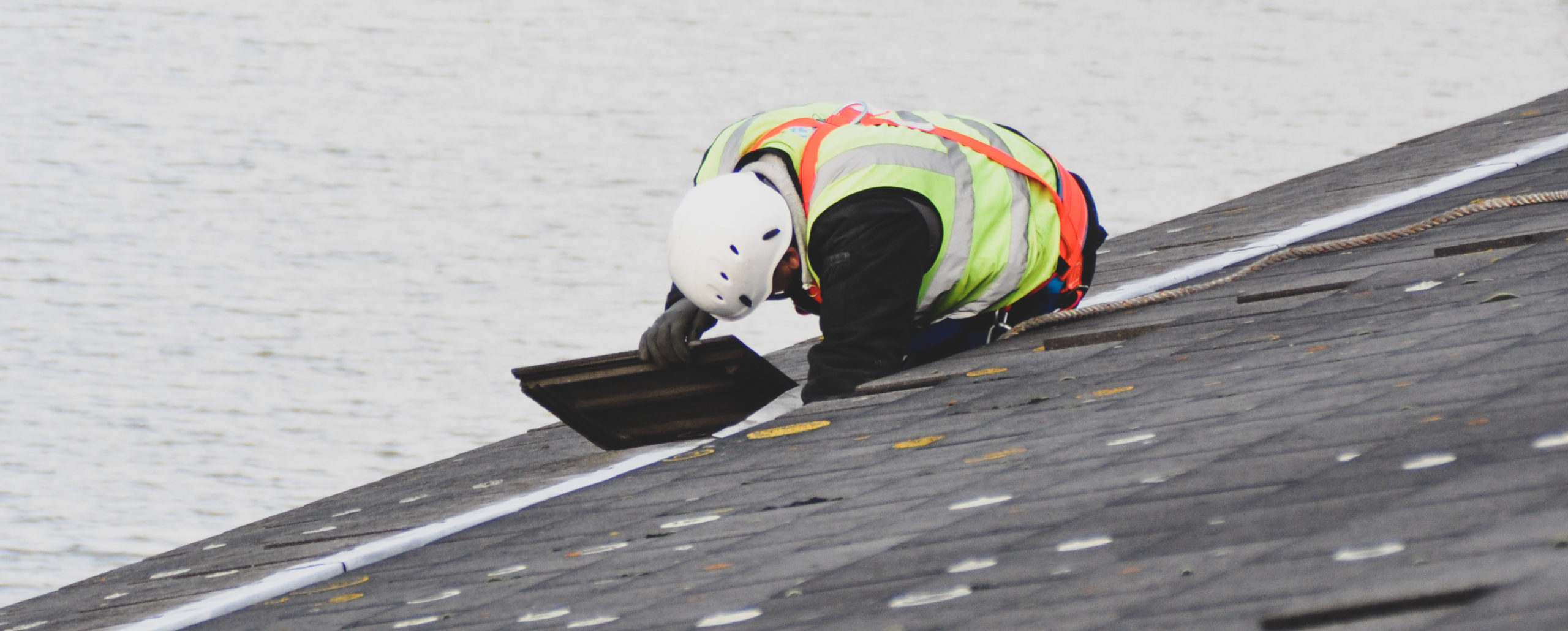
When there are other business pressures afoot, it’s understandable that you may put off a roof inspection until things have ‘calmed down’ a little – after all, it’s not as if there is an immediate issue that is caused disruption to your work schedule.
However, put off maintenance once, and it is easier to do a second time, then a third. And by that time, what at the time was a minor problem may already have developed into a much larger, more complicated and almost certainly, more expensive repair.
Not only does this make poor sense financially but it can also prove dangerous to employees and result in a Health and Safety issue at work. And, after all, for most businesses, your building is your main asset. So, it makes sense to take the utmost care of the complete building envelope– including the roof.
Get in touch
Here at Building Transformation, we can help you protect your roof from leaks by providing a planned roof maintenance solution. Our roof leak testing solutions can be used on all types of buildings across the UK.

